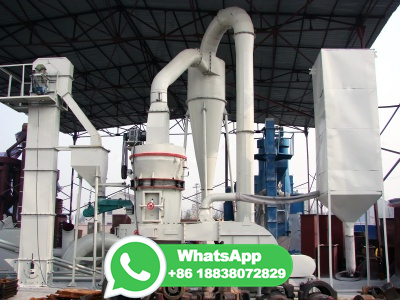How Ball Mill Ore Feed Size Affects Tonnage Capacity 911 Metallurgist
Soft ore Work Index 13 = 100,000/90,000 = kwh/t Hard ore Work Index 16 = 100,000/65,000 = kwh/t For the purposes of this example, we will hypothesize that the the crushing index of the hard ore with the increased energy input of kw/t reduces the ball mill feed size to 6,500 micrometers.

























